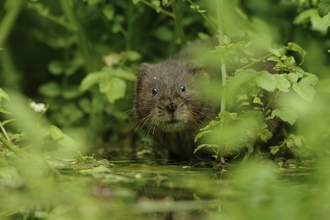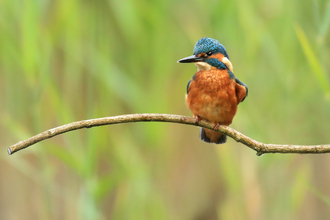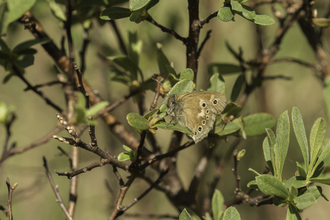If you ask any of Lancashire Wildlife Trust’s lovely staff members what gets them leaping out of bed in the morning the answer is always along the lines of, ‘well, I just love wildlife!’. So, at this most romantic time of year here’s a round-up of some of our most beloved species, and where you might be able to spot them on our reserves, so that you can start your own love-story with wildlife.
Our Valentine's wildlife favourites
Swan pair by Sam Hockaday
Carniverous sundews at Winmarleigh Moss
Sundews
as loved by Jenny Bennion, Senior Communications Officer (me!)
“Sundews are tiny, bright red, bog-dwelling plants - that are also killing machines. Living in nutrient poor peatlands such as Little Woolden Moss, sundews have evolved a new way to get their nutrients, by catching insects on the sticky dew-like droplets that top the tendrils on their leaves. The whole leaf itself then curls up around the unfortunate insect, releasing an enzyme which digests it. Not very romantic perhaps, but it was once believed that if you put a sundew unnoticed into someone’s clothing it would act as a love potion! Whilst I cannot speak for the efficacy of that, I simply love sundews, coming across a cluster of them on one of our peatlands is so special and exciting it makes my heart race.”
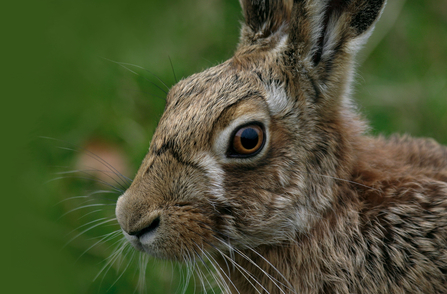
Brown hare by Darin Smith
Brown hares
as loved by Amy Shakeshaft, Communications and Campaigns Assistant
“Hares are just full of personality, quick and clever. They can run at up to 45mph when evading predators and have a good boxing match to settle their gripes. Although actually this boxing behaviour hare is a result of females fending off over-amorous males during their breeding season. These statuesque mammals are a rare treat when spotted lolloping through farmland and can also be spotted on a number of our nature reserves, including those that roam around Brockholes – but have evaded me so far!”

Beadlet anemones
as loved by Amy Pennington, Fylde Sand Dunes Project Officer
“These underwater gems showcase a mesmerising range of colours, from deep reds and purples to vibrant greens and blues. Their tentacles, decorated with tiny, bead-like structures, give them their name and contribute to their distinctive charm. During low tide, they retract into a protective ball, and as the water rises, they gracefully unfold, revealing their intricate tentacles. The beadlet anemone's tentacles serve not only as a visual spectacle but also as formidable tools for survival. Perhaps one of the most endearing qualities of beadlet anemones is their capacity for symbiotic relationships. Some species form alliances with crabs, offering them protection in exchange for mobility. You can spot them in rockpools or intertidal areas, especially in the artificial rockpools in Blackpool’s sea defences and at Half Moon Bay in Heysham.”
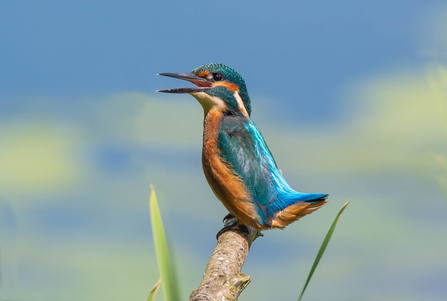
Kingfisher at Mere Sands Wood, by Gaz Clarke
Kingfishers
as loved by Laura Cronin, Fundraising and Digital Marketing Officer
“I just love kingfishers; their beautiful colours make them such a special bird. That flash of electric blue just gets my heart racing, anything so vividly coloured feels like it should live in the tropics, not Lancashire! I’ve only managed to catch a glimpse of one on Meadow Lake at Brockholes once, but they regularly get sighted there and along the River Ribble.”
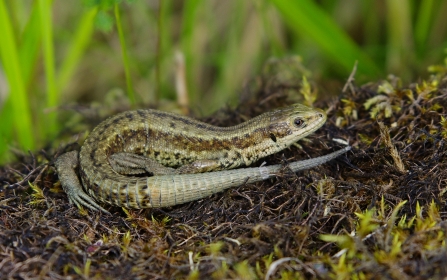
Common lizard: James Rogerson
Common lizard
as loved by Alex Hubberstey, Lancashire Peat Partnership Co-ordinator
“Common lizards are amazing! They are absolutely beautiful and really charismatic little creatures. Catching even a split-second glimpse of a lizard as it darts from view is a real treat. They might not be a species that everyone associates with UK wildlife, but as their name suggests they are common throughout our region and beyond, on peatlands, heathlands and grasslands. And just as the icing on the cake, common lizards distract predators by shedding their still moving tails to make a quick getaway. Although it leaves a scar the tail can then re-grow.”
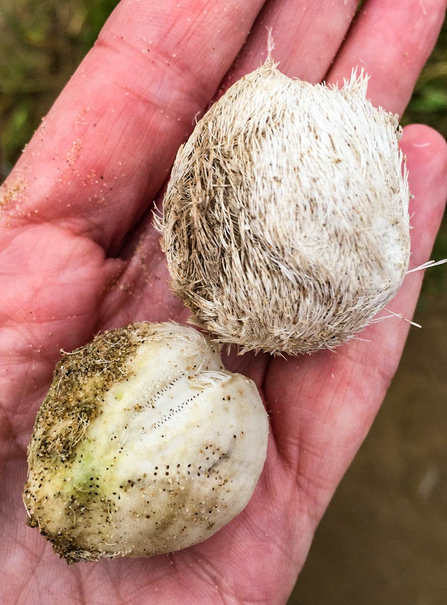
Sea potatoes also known as heart urchins, by Julie Norman
Heart urchin
as loved by Dave Dunlop, Senior Conservation Officer for Policy & Advocacy
“If you’re walking along any of our sandy beaches and glance down at the strandline, you’re likely to see a scattering of ivory-coloured ‘broken hearts’ and, just occasionally, a whole one. These are the shells, or more correctly, the ‘tests’ of the heart urchin, also known less romantically as the sea potato. Very occasionally, you may also find some ivory-coloured spines, like stiff hairs, still clinging to these tests, which gives some clue as to what these animals looked like when they were alive, covered in these backward projecting spines, and burrowing into the sandy seabed just offshore below the lowest tides. So, these broken fragments give us just a glimpse of the wildlife that’s tantalisingly invisible just off our shores as we gaze wistfully out to sea.”
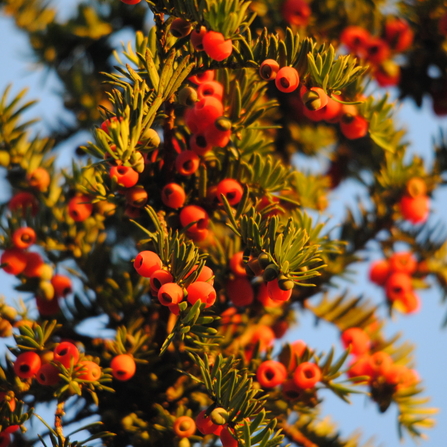
Yew with berries, by Amy Lewis
Yew trees
as loved by Kirsty Tyler, Nature & Wellbeing Communications Officer
“Take a trip to Warton Crag, or even just your local churchyard, and spend some time with a beautiful yew tree. One of only three species of evergreen tree native to the UK, yews are incredibly long lived. The Fortingall Yew in Scotland is estimated at somewhere between 2,000 and 9,000 years old. So, in many cases a churchyard yew tree will pre-date the church itself. Yew trees have long been interwoven through legend and folklore and were a druidic symbol of life and death. These beautiful, steadfast symbols of strength and longevity will always hold a special place in my heart.”

Great crested grebe weed dance © Andrew Parkinson/2020VISION
Great crested grebe
as loved by Alex Critchley, Peatlands Communications Officer
“It’s almost impossible for me to pick just one favourite species, but great crested grebes always sum up Valentine’s Day for me due to the beautiful heart shape that pairs create during their utterly charming, and a little bit funny, courtship dances. Starting with a spot of head shaking, the next stage is ‘bob-preening’ (flicking their tail feathers). The next stage is the ‘ghostly penguin display’ when one partner rears up at the other front under the water. And if this wasn’t enough, they finish off with the ‘weed dance’. Both birds will disappear under water, only to resurface with bills full of vegetation which they swish from side to side whilst rising above the water on frantically paddling feet. Now if that isn’t love, what is? Head to Wigan Flashes, Mere Sands Wood or Brockholes in February and March to catch this magnificent display.”
Show your love for wildlife
We could have gone on and on waxing lyrical about our favourite species, those that fill our hearts with joy even just thinking about them. So, if you love wildlife as much as we do, be sure to check out some of the easy actions that you can take to help us all protect, nurture and cherish the amazing wildlife that is on our doorsteps. Thank you.


